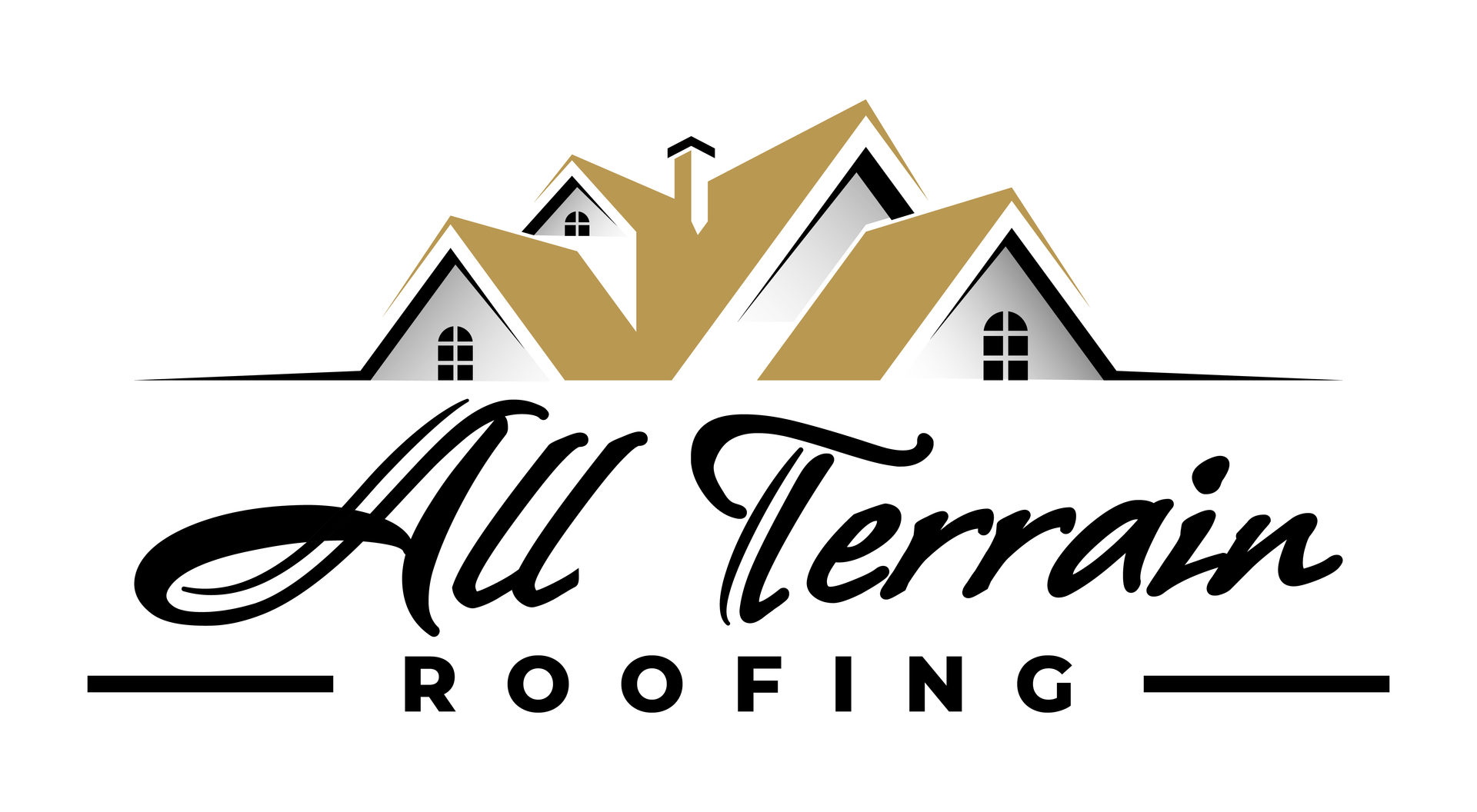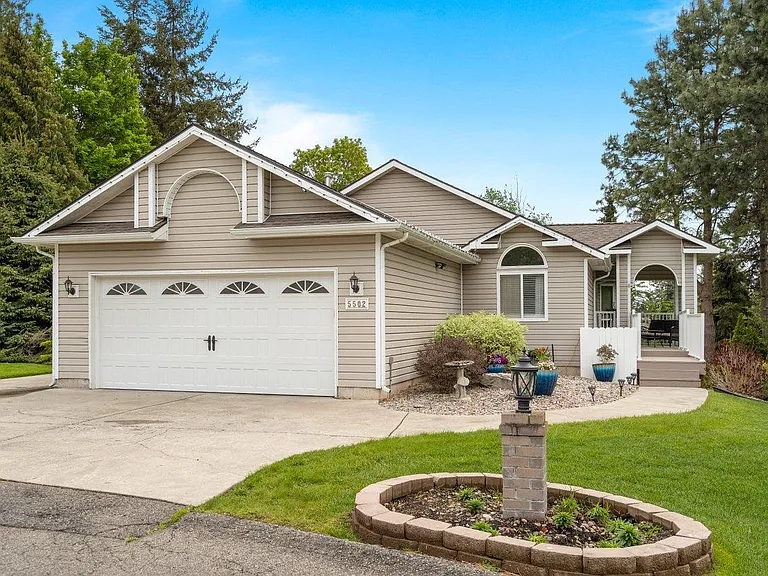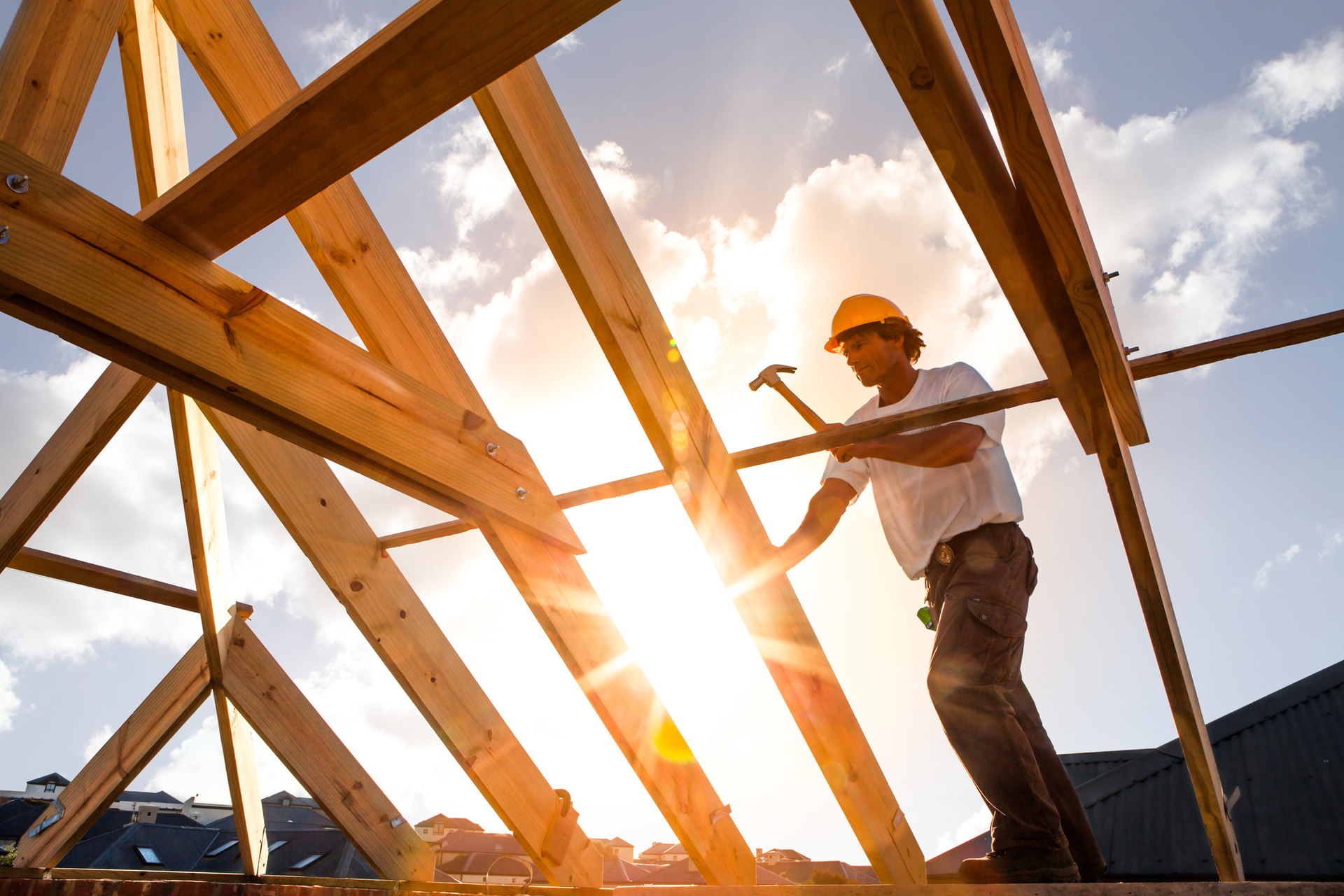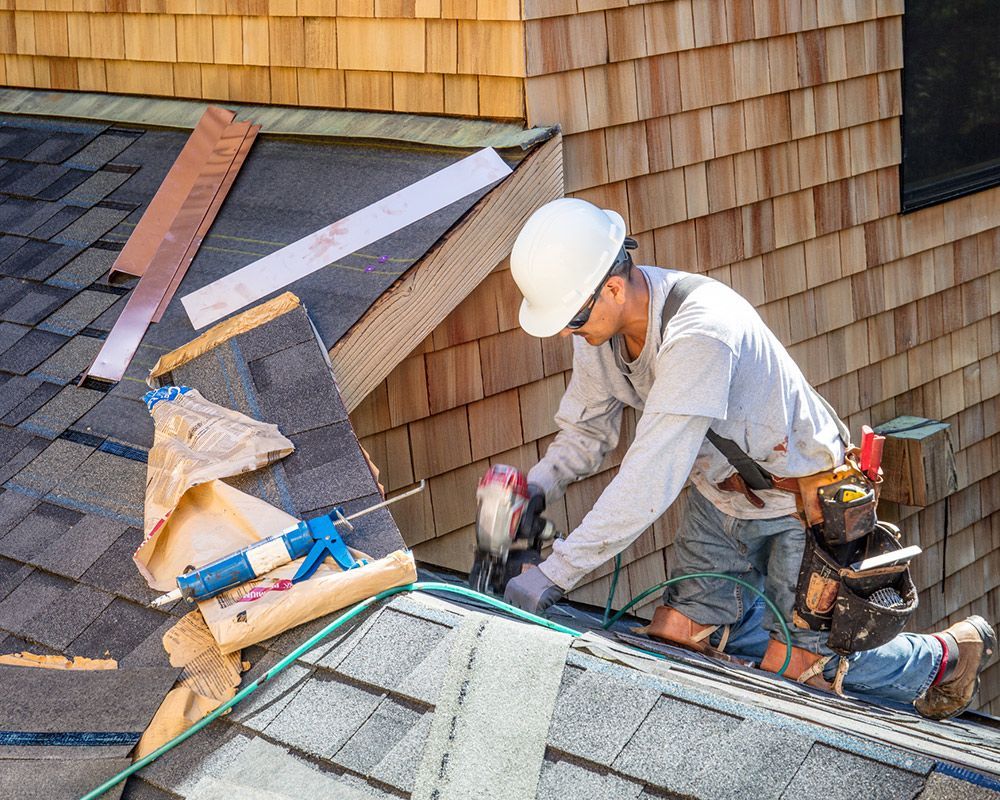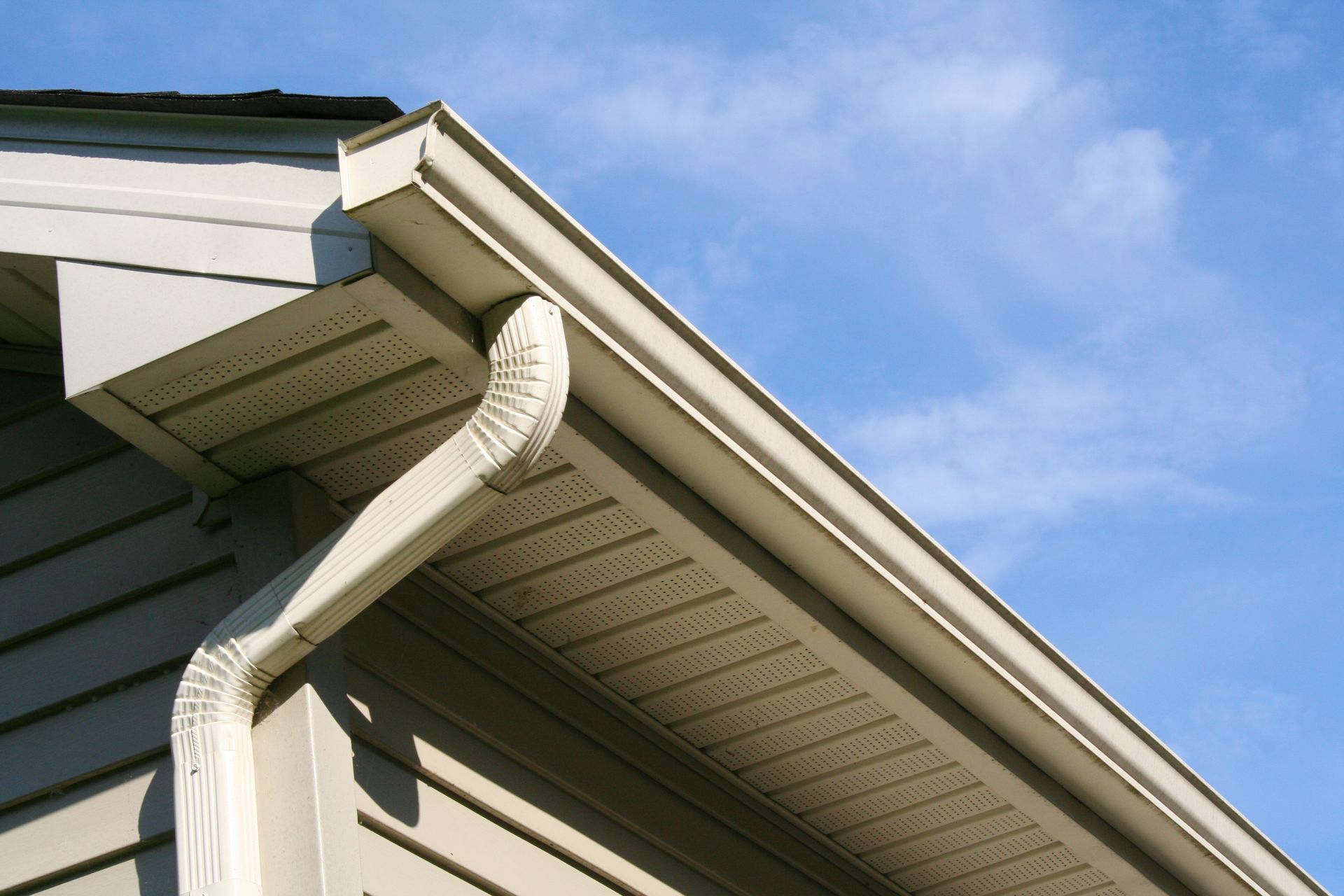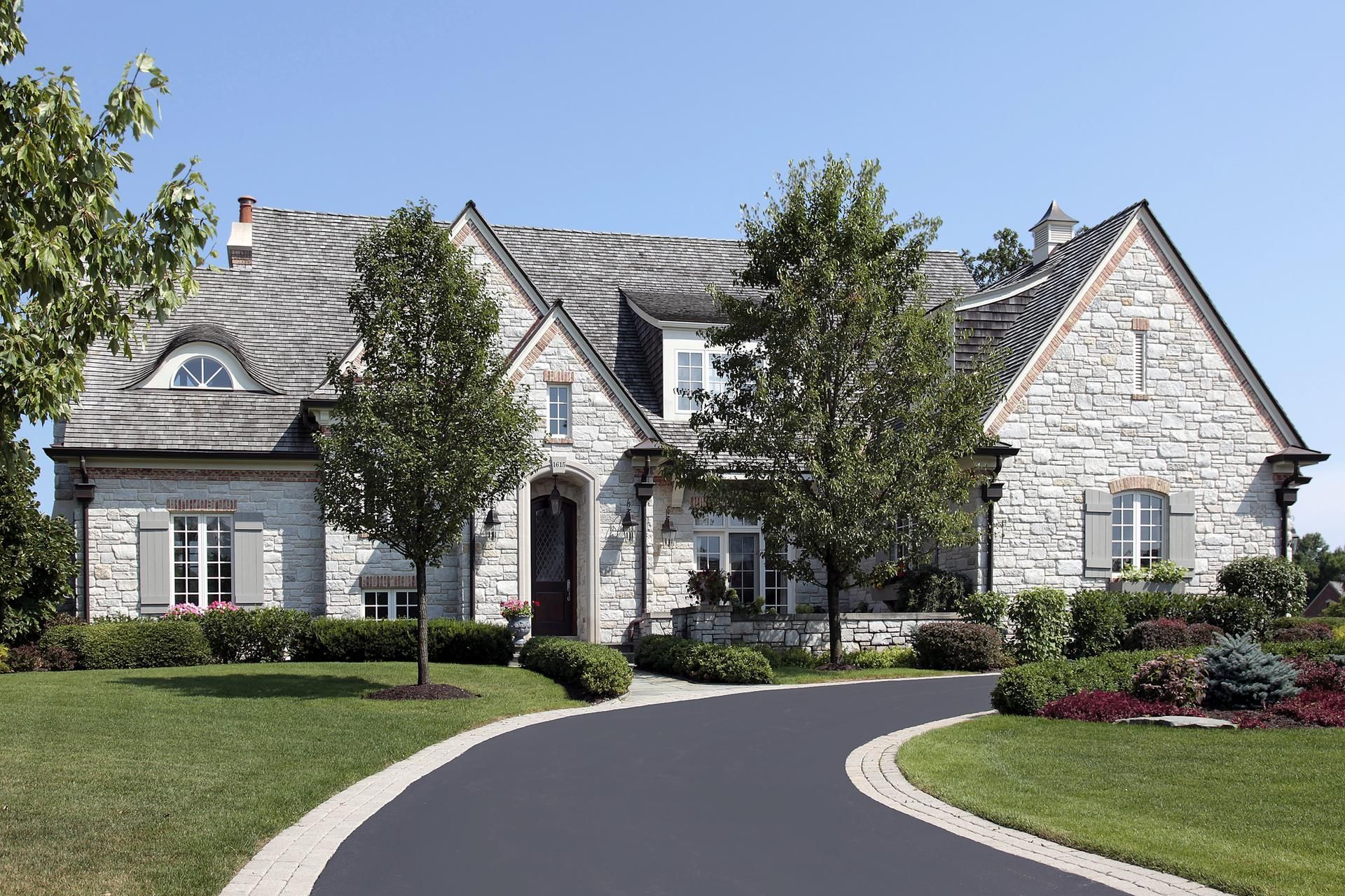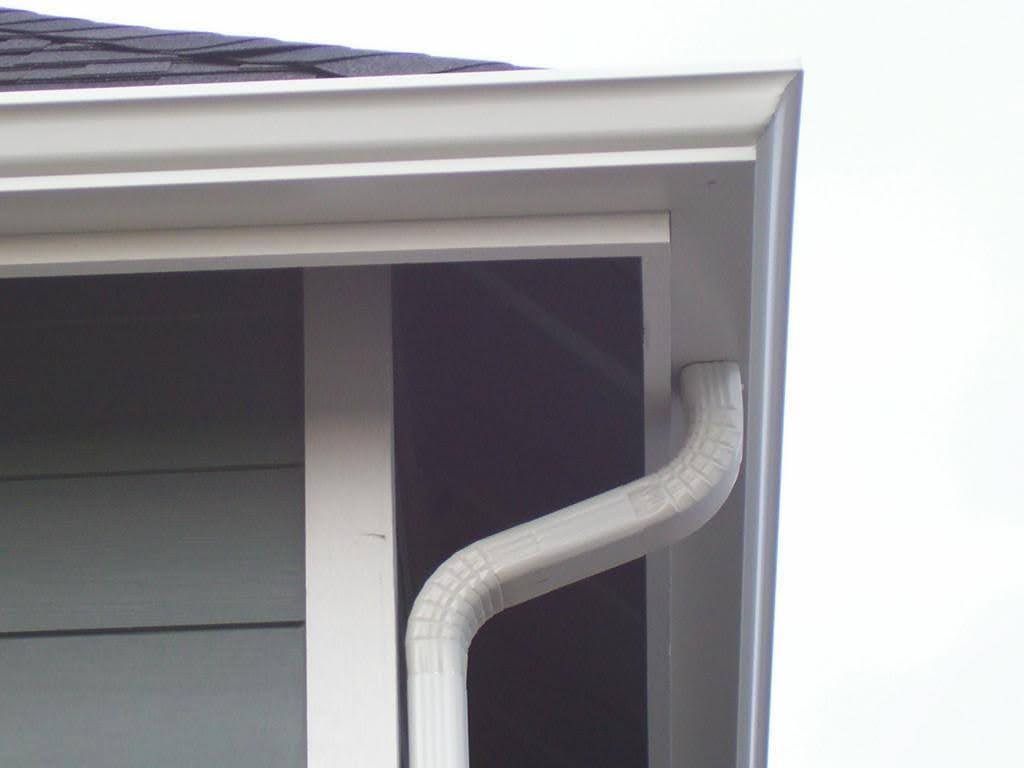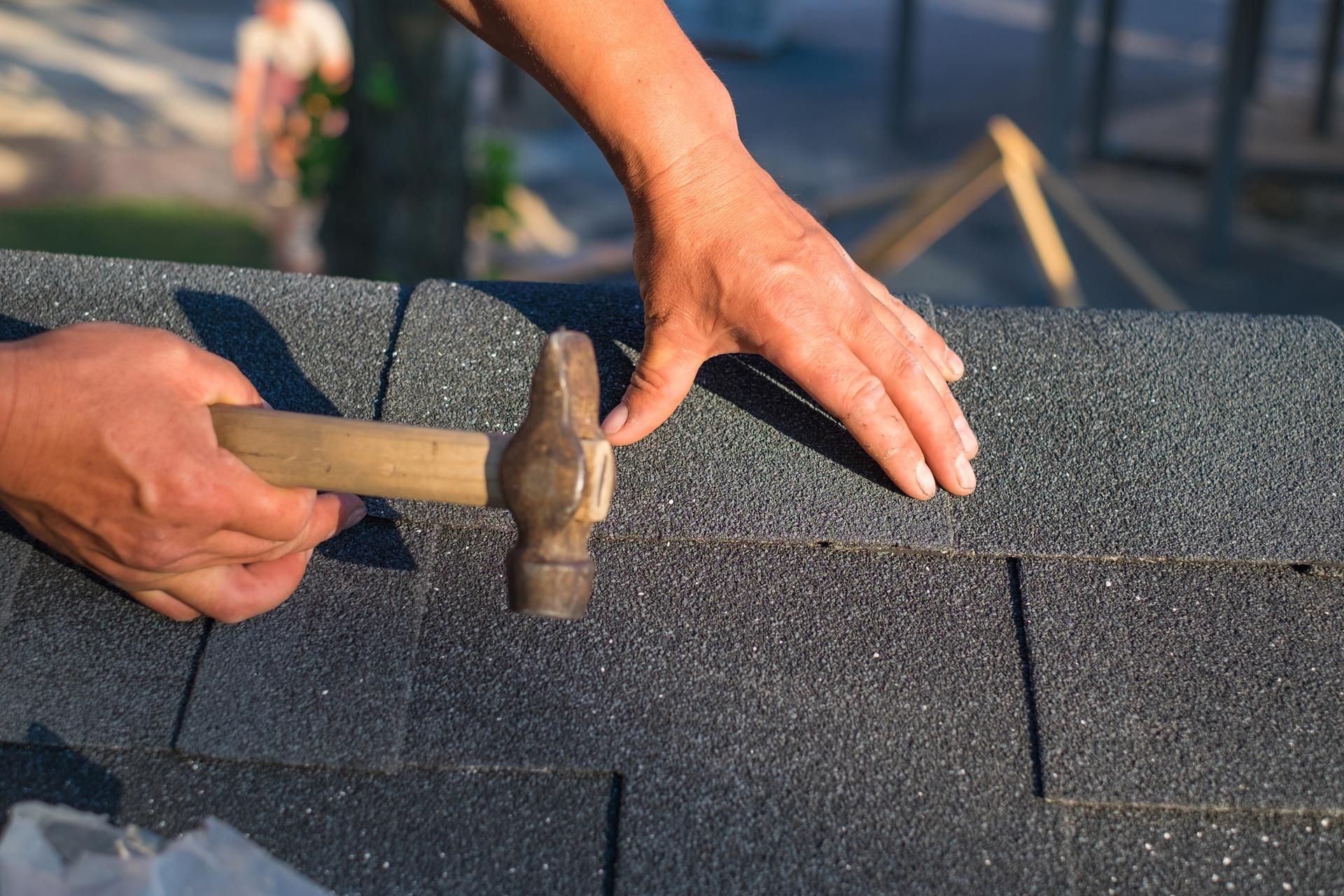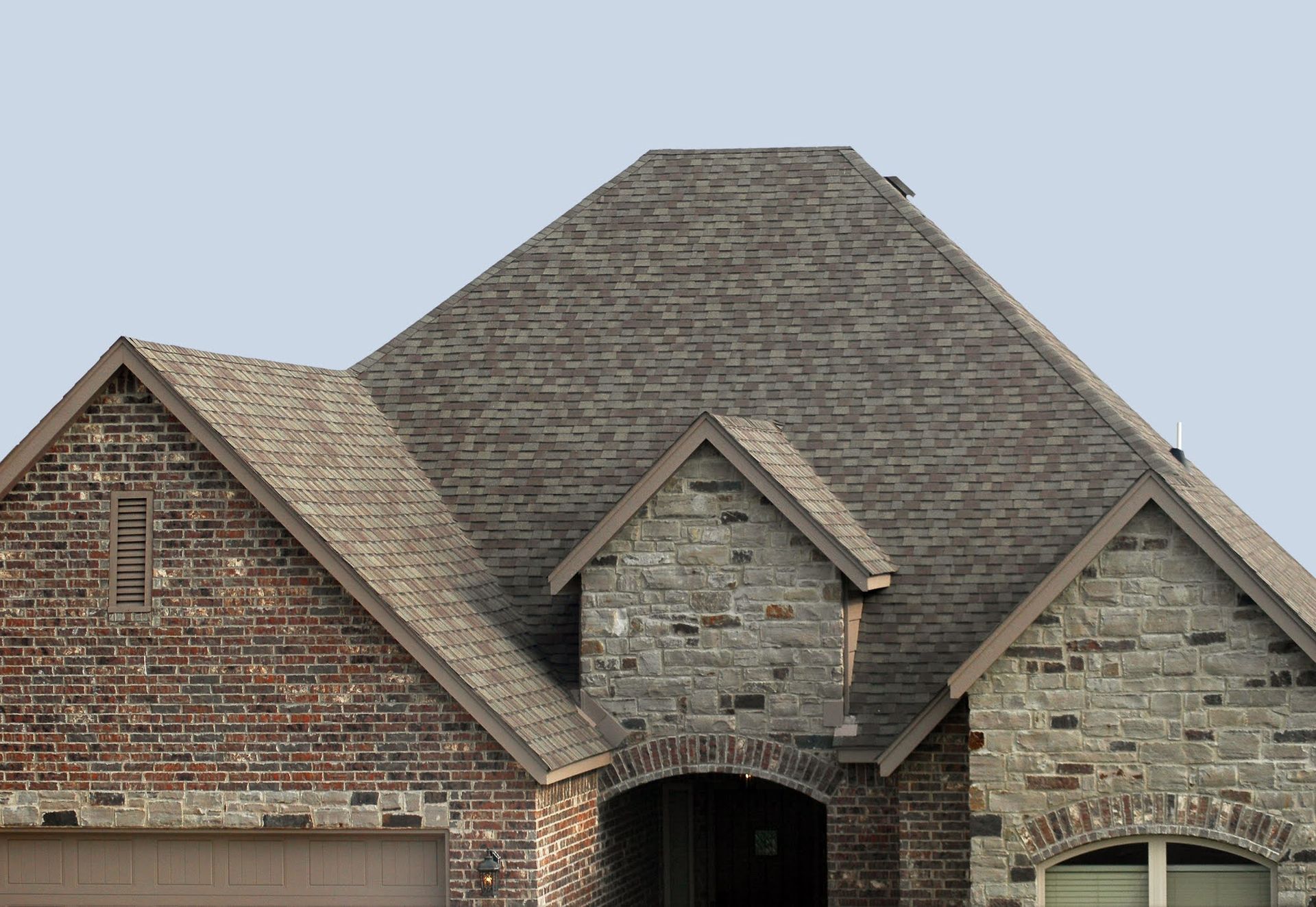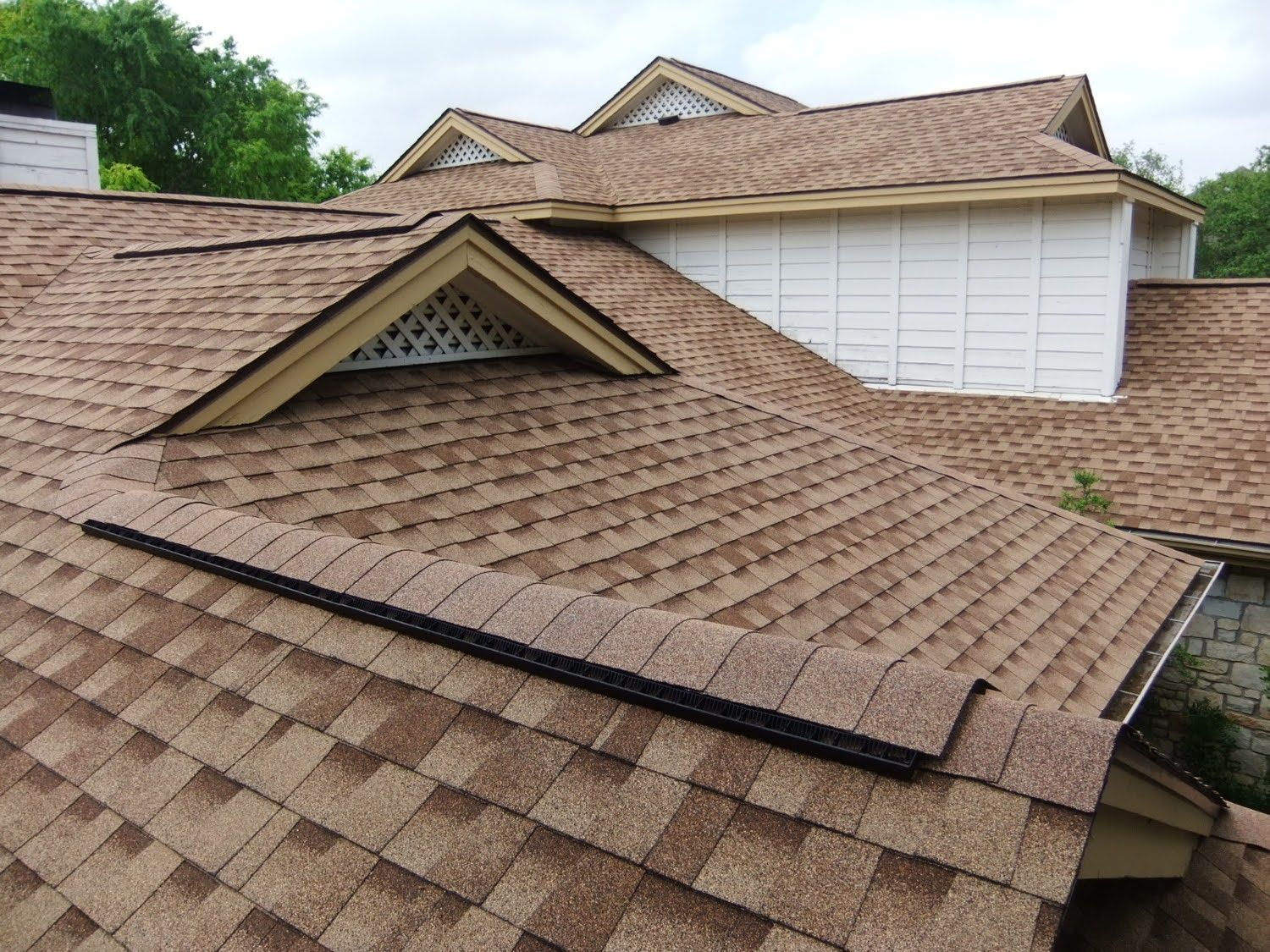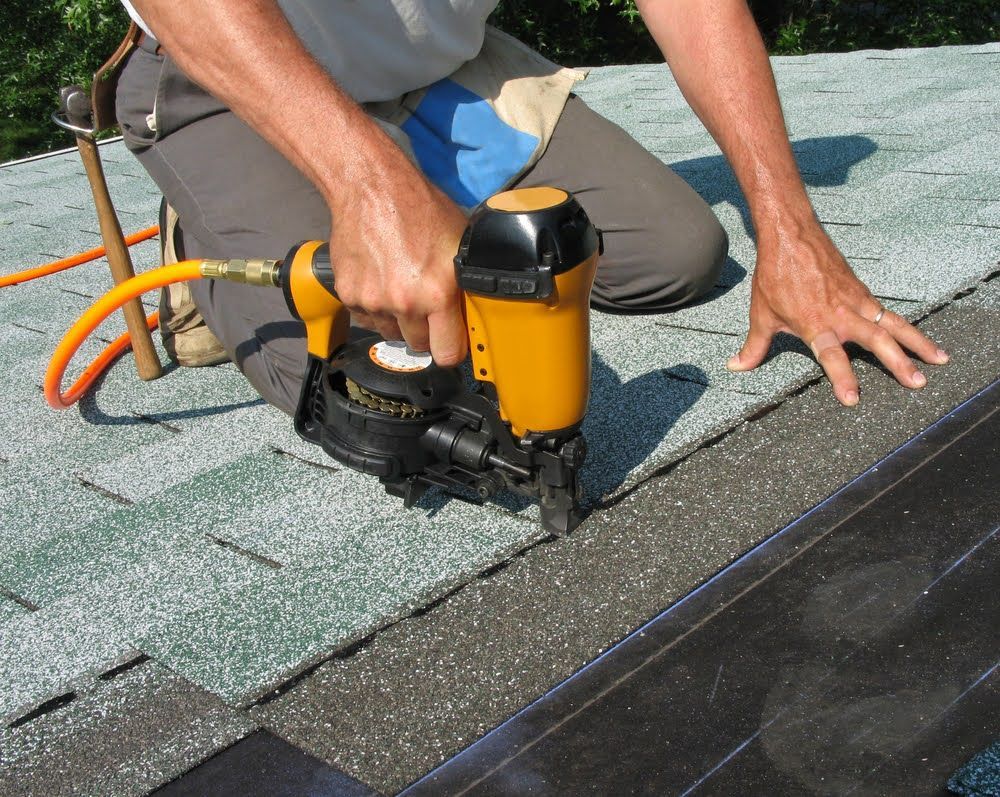7 Common Questions About Hail Damage to Your Roof
When hailstorms hit, they can wreak havoc on cars, gardens, and most importantly, homes. Your roof, the protective shield of your property, can sustain significant damage, compromising its integrity. Understandably, you may have numerous questions about what to do next. Learn the answers to common questions homeowners have about hail damage.
1. What Signs Indicate Hail Damage on Your Roof?
The most obvious signs of hail damage include dents or bruised areas on your roof's shingles. You may also notice that granules from the shingles have fallen off and collected in your gutter. Less visibly, but equally concerning, is the potential for leaks inside your home. If you suspect hail damage, have a professional inspection done to assess the extent of the damage and recommend next steps.
2. How Soon Should You Get Your Roof Inspected After a Hailstorm?
Time is of the essence with hail damage. Get your roof inspected as soon as possible following a storm. Immediate inspection can help you catch minor issues before they become significant problems, like leaks that could lead to mold or structural damage. If you procrastinate, you may find yourself facing more expensive repairs or even a full roof replacement down the line.
3. Is Hail Damage Covered by Homeowners Insurance?
Generally, most homeowner's insurance policies do cover hail damage to your roof. However, the actual coverage can vary based on your specific policy and the age of your roof. Review your insurance documents and speak with your insurance agent to understand the scope of your coverage. Keep in mind that you will likely need to pay a deductible, and filing a claim may affect your future rates.
4. What Does the Repair Process Entail?
The repair process for hail damage largely depends on the extent of the damage. For minor damage, patching the affected shingles might suffice. However, for more extensive damage affecting large sections of your roof, you may need a partial or even full roof replacement. Professional roofing companies usually provide a detailed repair estimate, specifying the materials needed, labor costs, and the timeframe for the repair.
5. How Can You Prevent Future Hail Damage?
While it's impossible to control the weather, there are preventive measures to fortify your roof against future hail damage. These may include installing impact-resistant roofing materials or applying a protective coating to your existing roof. Regular maintenance, such as checking for loose shingles and keeping your gutters clean, can also help minimize damage when a hailstorm does hit.
6. Should You Attempt DIY Repairs for Hail Damage?
While the idea of fixing minor roof damage yourself might seem tempting, it's generally not recommended. Hail damage can be more extensive than it appears, and a professional evaluation is crucial for properly diagnosing and treating the issue. Additionally, improper repairs can void your roofing warranty or even lead to more significant problems down the road.
7. Do Small Hailstones Cause Less Damage Than Large Ones?
While it may seem logical to assume that smaller hailstones cause less damage, this isn't always the case. The impact of hailstones on a roof depends on a variety of factors, including wind speed, the material of the roof, and even the temperature at the time of the storm. Smaller hailstones can accumulate and cause issues like blocked gutters or downspouts, leading to water damage.
Understanding hail damage is vital for prompt and effective action. If you've experienced a hailstorm and are concerned about your roof, don't delay in seeking a professional inspection. Your roof is a significant investment and plays a crucial role in protecting your home and family. For expert advice and repairs, reach out to All Terrain Roofing to ensure your home remains secure and well-maintained.
